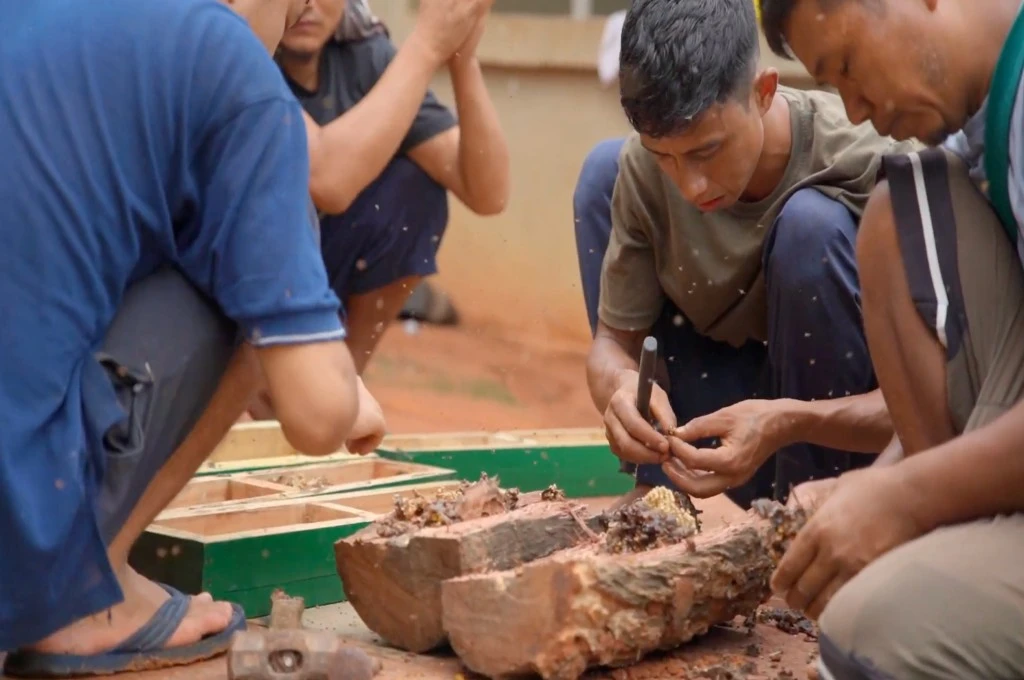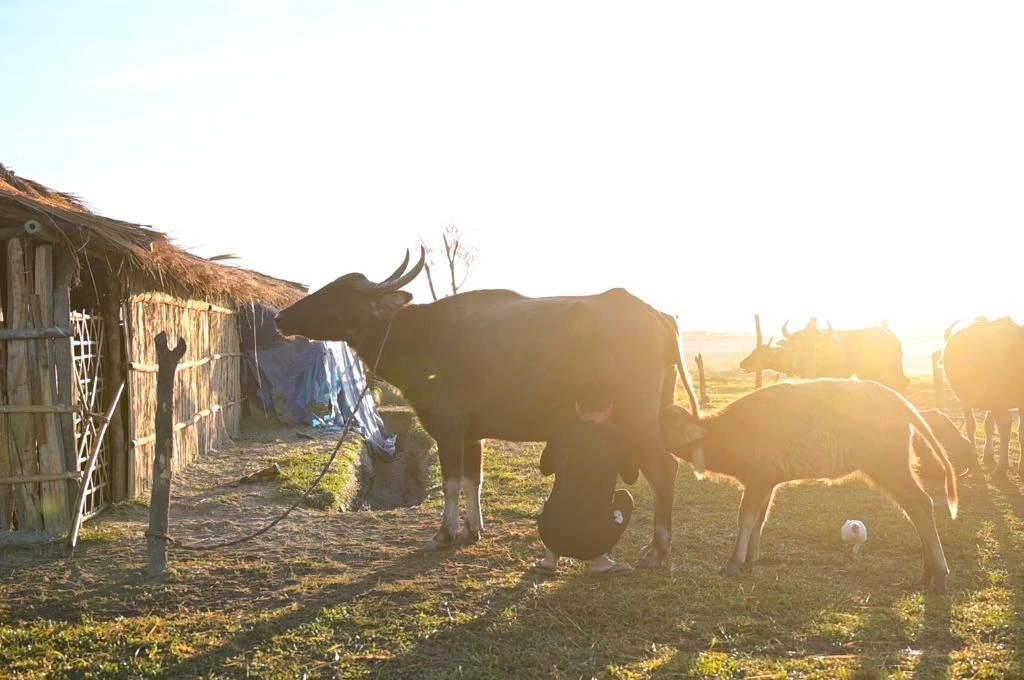In Nagaland, the practice of shopping for second-hand clothing, commonly known as thrift clothing, has flourished since the late 1990s. It has since evolved into a beloved local tradition. A large population of the state are thrifters and on all days, except Sundays, throngs of people from all walks of life visit and buy from thrift stores. Apart from the physical stores, vibrant bazaars spring up across various districts during the week.
There are several reasons for the popularity of thrift culture in the state. Many people are not only comfortable with but also enthusiastic about second-hand clothing because it allows them to wear high-end brands at moderate prices. They love ‘scoring’ unique and vintage outfits that stand out from mainstream fashion.
There have been changes in consumer rationale over the last couple of decades. More recently, shopping for second-hand clothing is being prompted by a desire for sustainable fashion products. There are now nonprofits such as Nagahaat and Loha Tina that promote sustainability and are the result of a more conscious, generation-wide shift towards thrifting and upcycling. Thrifting as a business has also changed. Alongside countless physical thrift stores that are popping up all over urban centres like Kohima, there has been an increase in digital stores. With this, the clientele has expanded to include customers from mainland India who can buy products online and get them delivered at their doorstep through courier services.

To learn more about the thrift culture in Nagaland, I spoke with Aphu Rhakho, who runs a thrift store at Sokhrieze Complex, BOC, in Kohima and has been in the business for more than a decade. I also spoke to Rachel, a lawyer by training who has been running Assortments, a digital thrift store, since 2017. Aphu and Rachel highlight the process behind the thriving second-hand cloth trade in the state, discuss the changing economics and its impact on consumers, and elaborate on the co-existence of and collaboration between digital and physical thrift stores.
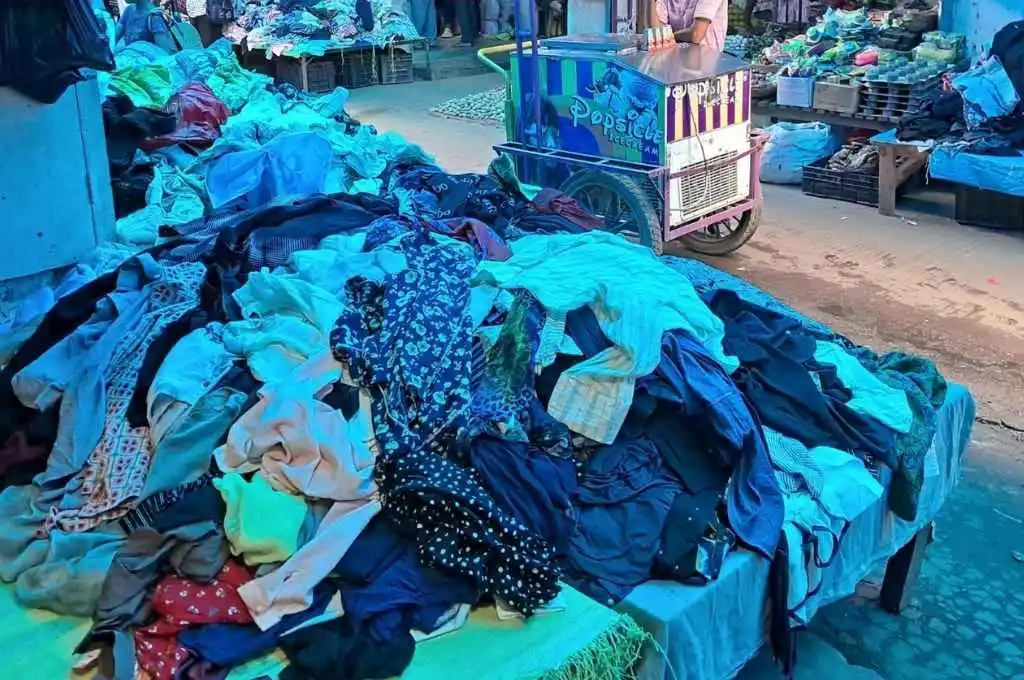
Sourcing, sifting, and curating
Second-hand clothing arrives at Kohima in bundled batches, locally known as ‘second-hand bales’. Based on the tags on these clothes, shopowners like Aphu surmise that the bulk of the clothing comes from South Korea and China, passing through Delhi before being dispersed locally by agents based in Dimapur district. Each batch is meticulously sorted and categorised into codes such as 1, 2, and 3, with code 1 comprising the highest-quality items and commanding the highest prices.
Aphu believes that not only are these second-hand clothes of better quality than the first-hand clothes found in stores, but they are also the more fashion-savvy choice. She says, “The latest fashion trends seem to hit the second-hand scene before anywhere else. I don’t have to go searching for what’s trending—my agents keep me in the loop, calling me up to share the latest trends and what’s available. Through them, I am able to source the appropriate bales.”
Curating the selection is a significant part of the labour for businessowners. Rachel says, “People need to understand that sifting through countless clothes to find the gems isn’t easy.” It isn’t just about picking the right clothes. There are additional expenses to ensure that customers receive quality products. Rachel adds, “Running a digital thrift store is not just about slapping a price tag on an old piece of clothing. We put in the time and effort to source, clean, and package each item with care, and then ensure it reaches our customers safely. It’s a process that requires patience, attention to detail, and a passion for delivering quality.”
Digital thrift platforms are changing the game
Rachel says that she founded Assortments as a simple closet-clearance exercise. Initially, she would scour thrift stores for unique vintage items, meticulously clean and curate them, and showcase them on Instagram. Slowly, however, it’s turned into a flourishing business; as of October 2024, Assortments’s Instagram page has approximately 50,000 followers.

Although physical thrift stores are quite common in places like Kohima, Rachel decided to take the digital route. She says, “I went digital because I didn’t really have any other option. Operating a physical store is tedious whereas running an online store seemed convenient and sustainable. No doubt, there is the nitty-gritty of processing online transactions, sourcing good-quality packaging materials, figuring out the delivery, and gaining momentum in the digital realm. But once you learn these processes and become consistent, everything falls into place.”
When Rachel first started her digital thrift business, the concept was still novel in mainland India, but it was already popular in Western countries. (One of her sources of inspiration was Vintage by Round Two, a pioneer in digital thrifting in the US.) A significant hurdle that she faced was overcoming her customers’ concerns about the cleanliness and safety of second-hand clothing. Many people were hesitant to embrace thrifting due to misconceptions about hygiene and quality, making it essential for Rachel to address these worries and build trust with her clientele. In a short span of time, she was able to amass a trusting clientele, approximately 90 percent of whom hail from mainland India.
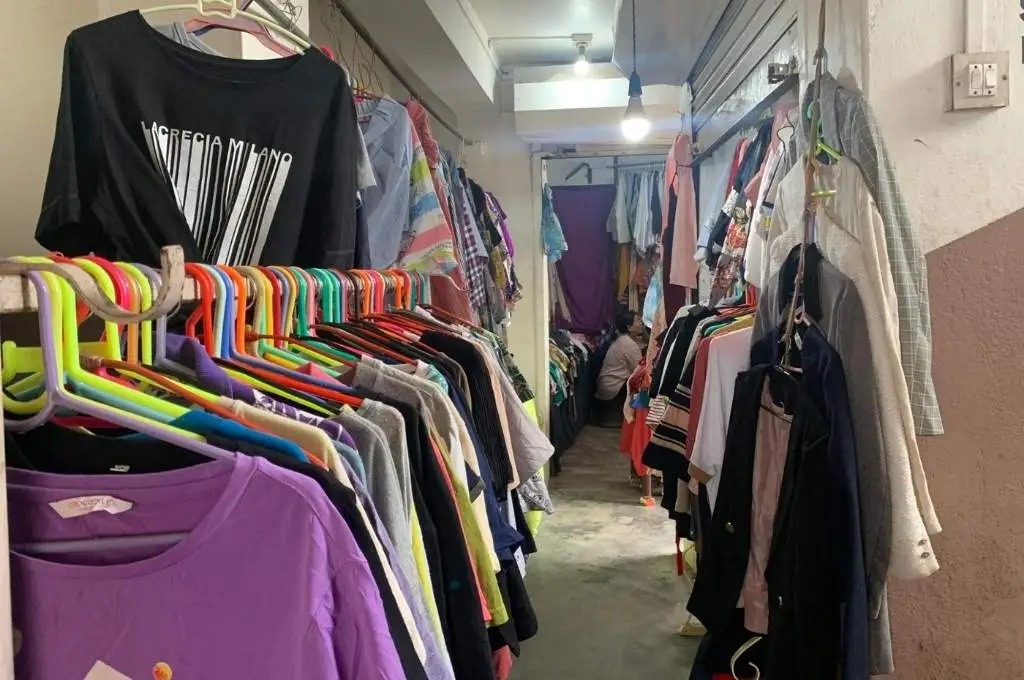
Shifting tides and rising prices
Over the last few decades, Nagaland’s thrifting business has mirrored the cultural shifts that the state has witnessed. Aphu recalls how, in the past, women would buy second-hand clothes for their husbands, discreetly washing and ironing them before presenting them as brand new. But with time, men grew comfortable with the idea of wearing second-hand clothes and started shopping for themselves. Today, Aphu’s customer base is evenly split between men and women, and men visit her store whenever she is stocking menswear. In the case of Assortments, Rachel notes that 60 percent of her customers are men.
But there have also been challenges. Some of them are listed below:
1. Increase in price of clothes
The sellers are concerned about the growing cost of second-hand clothes, which is in line with the general trend of rising prices due to inflation and economic growth. Aphu explains that this surge in prices of second-hand items that they import has significantly impacted the thrift business, forcing her and other sellers to increase their prices to compensate for the higher costs. As a result, maintaining a substantial profit margin has become increasingly challenging.
2. Agents’ interference means limited finds
There have also been changes in what sellers are able to source. Aphu recalls the early 2000s, when second-hand sellers would stumble upon hidden gems such as antique watches, necklaces, and Korean products. But over the years, the agents in Delhi have started to understand the trade better and know which products are valuable; as a result, they are reluctant to easily part with the unique finds. This has limited the thrift storeowners’ repertoire to just clothes.
3. The loss of Mao Market
The Sokhrieze Complex in Kohima, where Aphu’s shop is located, is a hub for thrift stores, with surrounding buildings also packed with them. Aphu notes that the famous Mao Market, which burned down in February 2023, used to be a bonus for their business. Shoppers coming to grab fresh vegetables and local food items from Mao Market would often swing by their stores. Now that the market is gone, Aphu’s store has lost some of its regular customers.
4. Competition and the fight for survival
The pandemic also took a toll on business, with fewer customers visiting physical stores and gradually drifting towards the digital market.
The colossal rise of thrift shops and online stores selling first-hand clothes has made it tough for physical businesses like Aphu’s to thrive. “It’s getting harder to make a living just from this,” Aphu admits. “We used to be able to save, but now it’s a struggle to even earn.” She is hesitant to step into the digital domain as she fears that her limited understanding of technology and internet skills will cause more trouble for her. Additionally, the digital space is getting overcrowded with new stores coming up frequently. Rachel acknowledges that with an increase in the number of players, there are fewer exceptional finds, compared to her initial days, and it’s difficult to catch the customer’s eye.
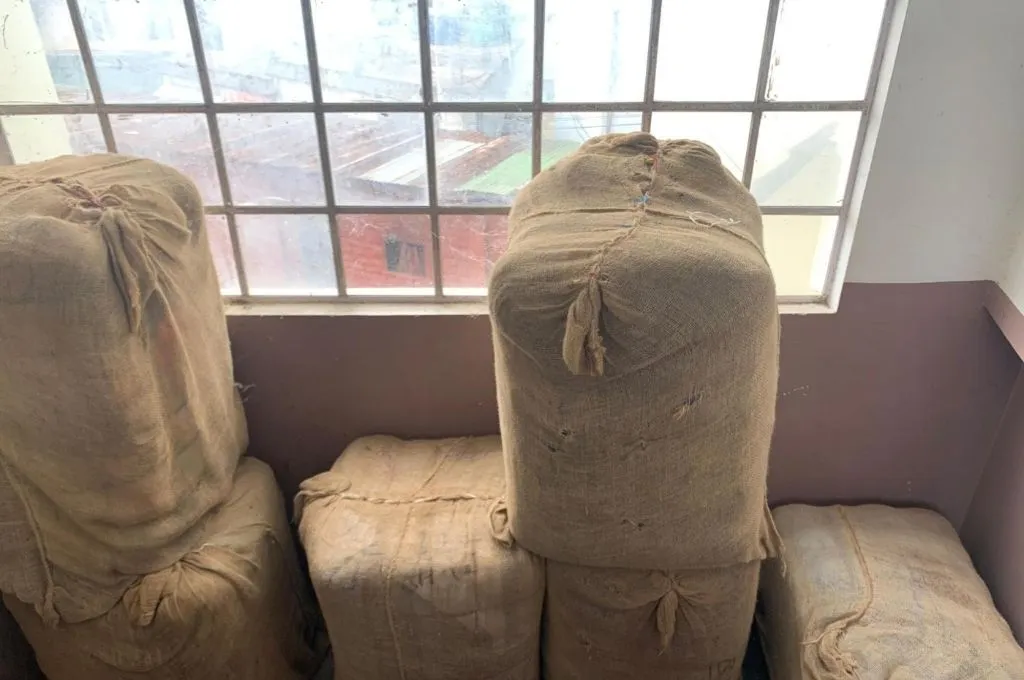
Mutual respect and a symbiotic relationship
The multiple online thrift stores that have popped up in recent years, catering to customers within and outside Nagaland, often shop from Aphu and other sellers, picking out the best pieces. But Aphu is okay with this symbiotic relationship.
Despite their differences, physical and digital thrift storeowners maintain a cordial relationship. Aphu, for instance, offers generous discounts to digital store operators, recognising they share a common entrepreneurial spirit. Rachel, on the other hand, prefers to source her inventory directly from agents in bulk, as her business requires a curated selection of high-quality items. Nevertheless, she also supports certain physical storeowners in Kohima and Dimapur, occasionally making purchases from them.
—
Know more
- Read this article to learn more about the evolution of thrifting in India.
- Read this photo essay to learn about the traditional upcyclers of India.
- Read this article to learn how two young women started Nagaland’s first e-waste collection centre.



